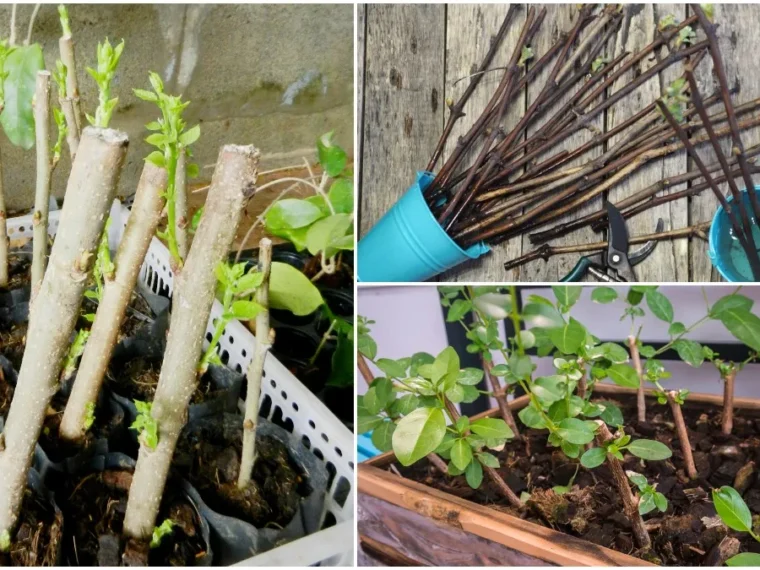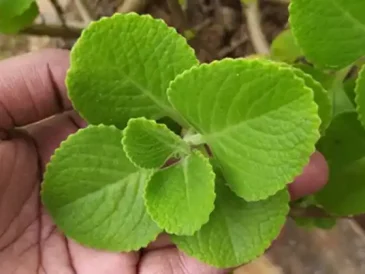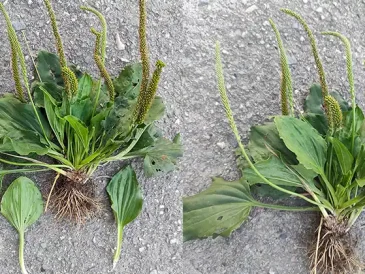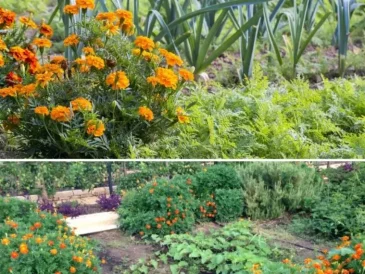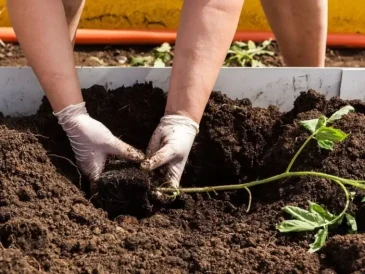Propagating plants from hardwood cuttings is a rewarding and cost-effective way to grow your garden. Hardwood cuttings are taken from mature wood during the plant’s dormant season in fall or winter. This method works especially well for deciduous shrubs, trees, and some evergreen plants. With the proper care, these cuttings can develop into healthy new plants.
Here’s a guide to 40 plants that can be easily propagated from hardwood cuttings.
What Are Hardwood Cuttings?
Hardwood cuttings are sections of mature, woody stems taken from plants after their leaves have fallen and they have entered dormancy. These cuttings are typically 6–12 inches long and are taken from the current or previous year’s growth.
Why Propagate from Hardwood Cuttings?
- Cost-Effective: No need to buy new plants.
- Sustainable: Reduces waste and expands your garden naturally.
- Simple and Efficient: Requires minimal equipment and effort.
How to Take Hardwood Cuttings
- Choose Healthy Wood: Select disease-free, mature stems from a healthy plant.
- Cut at the Right Angle: Make a straight cut at the bottom and an angled cut at the top to differentiate ends.
- Dip in Rooting Hormone: Enhance root development with rooting powder or gel.
- Plant in Soil or Medium: Place cuttings in moist soil or sand, ensuring at least one node is buried.
- Water and Protect: Keep the soil moist and protect cuttings from extreme weather.
40 Plants to Propagate from Hardwood Cuttings
Flowering Shrubs
- Hydrangea
Perfect for stunning summer blooms in various colors. - Rose of Sharon (Hibiscus syriacus)
A hardy shrub with vibrant, hibiscus-like flowers. - Lilac (Syringa)
A fragrant spring-flowering shrub. - Forsythia
Known for its bright yellow flowers in early spring. - Mock Orange (Philadelphus)
Offers citrus-scented white blossoms. - Weigela
A low-maintenance shrub with trumpet-shaped flowers. - Spirea
Produces clusters of tiny, delicate flowers. - Viburnum
Known for its clusters of flowers and berries. - Deutzia
A graceful shrub with cascading white or pink flowers. - Butterfly Bush (Buddleja)
Attracts pollinators with its fragrant flower spikes.
Deciduous Trees
- Willow (Salix)
One of the easiest trees to propagate, even without rooting hormone. - Poplar
Fast-growing and ideal for windbreaks. - Maple (Acer)
Particularly Japanese maples for their ornamental value. - Dogwood (Cornus)
Popular for its vibrant stems and spring flowers. - Birch (Betula)
Attractive with its characteristic peeling bark. - Quince (Cydonia oblonga)
Produces fragrant fruit and beautiful blossoms. - Mulberry (Morus)
Hardy and produces sweet, edible berries. - Fig (Ficus carica)
Easily propagated and yields delicious fruit. - Pomegranate (Punica granatum)
Thrives in warmer climates and produces antioxidant-rich fruit. - Elderberry (Sambucus)
Known for its medicinal berries and fast growth.
Evergreen Shrubs
- Boxwood (Buxus)
Ideal for hedges and topiary. - Privet (Ligustrum)
A reliable choice for privacy screens. - Holly (Ilex)
Provides year-round greenery and festive red berries. - Juniper (Juniperus)
Hardy and drought-tolerant, perfect for landscaping. - Yew (Taxus)
A slow-growing evergreen with deep green foliage. - Camellia
Offers glossy leaves and winter blooms. - Azalea (Rhododendron)
Stunning spring blooms in various colors. - Arborvitae (Thuja)
A versatile evergreen used in hedges and windbreaks. - Laurel (Prunus laurocerasus)
Dense and glossy, perfect for privacy. - Pieris (Pieris japonica)
A charming shrub with cascading flowers.
Fruit-Bearing Plants
- Grape (Vitis)
Perfect for growing your own vineyard. - Blueberry (Vaccinium)
Prefers acidic soil and offers antioxidant-rich fruit. - Blackberry (Rubus)
Thrives in various conditions and is easy to propagate. - Raspberry (Rubus idaeus)
Produces delicious berries in summer. - Gooseberry (Ribes)
Hardy and productive with tangy fruit. - Currant (Ribes)
Yields small, tart berries perfect for jams. - Olive (Olea europaea)
Ideal for warmer climates and produces flavorful olives. - Kiwi (Actinidia)
A unique vine that offers sweet and tangy fruit. - Cranberry (Vaccinium macrocarpon)
Perfect for boggy areas with acidic soil. - Lemon (Citrus limon)
Some varieties can be propagated via hardwood cuttings in warmer climates.
Caring for Hardwood Cuttings After Planting
- Temperature: Keep cuttings in a cool but frost-free environment.
- Humidity: Maintain a humid atmosphere by covering cuttings with a plastic bag.
- Patience: Roots can take weeks or months to form, so check periodically for growth.
Conclusion
Propagating plants from hardwood cuttings is an enjoyable way to expand your garden with minimal cost and effort. With patience and the right technique, you can grow a wide variety of plants, from vibrant shrubs to fruit-bearing trees. Start with a few of the plants listed here, and soon you’ll have a thriving garden filled with beautiful, healthy specimens.
